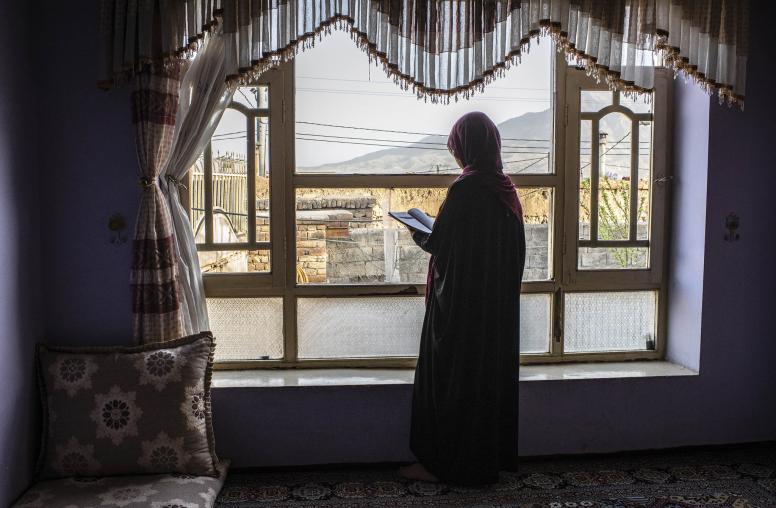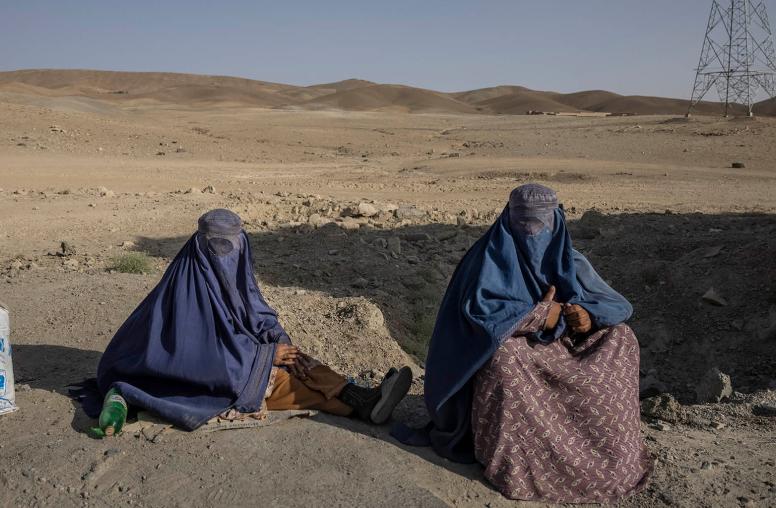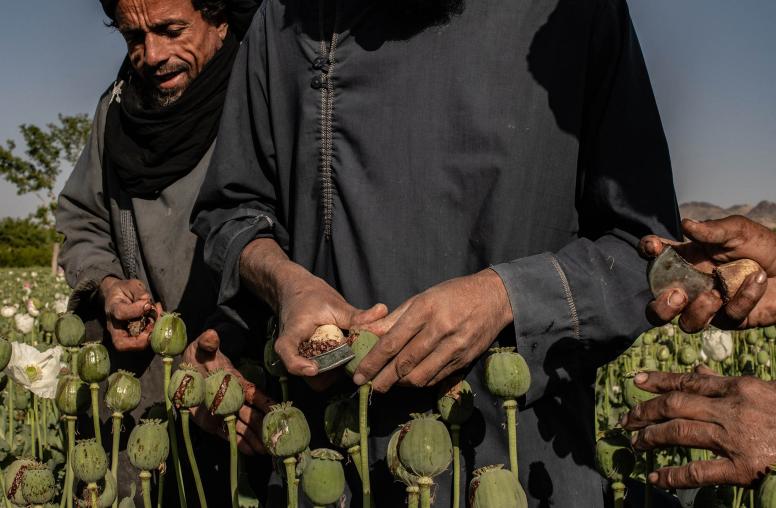Afghanistan and the International Drug Control Regime
Can the “Tail” Wag the “Dog”?
Despite extensive counternarcotics interventions and reductions in poppy cultivation in certain regions, Afghanistan remains the largest supplier of illicit opiates. In this Peace Brief, USIP’s William Byrd examines the current situation and various options to manage the problem.
Summary
- A variety of factors point toward increasing opium poppy cultivation and especially rising opium and heroin production in Afghanistan over the next several years.
- The international community needs to be prepared for such trends, resist the temptation to seek simplistic and one-dimensional solutions, and avoid major policy blunders that would make the situation worse.
- Neither aerial spraying nor licensing of opium cultivation for medicinal purposes will work. On the contrary, either of these extreme opposite approaches would be counterproductive and damaging.
- In the absence of major changes in the current international drug control regime—which carries high costs with uncertain and doubtful benefits and arguably is not working well—Afghanistan can only have a marginal impact and strive for gradual improvements on the counternarcotics front.
- Under these circumstances effective, sustained rural development is essential for enabling farmers to move away from dependence on opium poppy cultivation over the longer term.
- In summary, just as the “tail” cannot wag the “dog,” neither can Afghanistan serve as an effective vehicle for enforcing current international counternarcotics policies from the supply end, and nor can major reforms in the international drug control regime be catalyzed from Afghanistan.
About This Brief
William Byrd is a development economist and has worked on Afghanistan in various capacities over the past decade and longer. During 2002–2006, he was stationed in Kabul, Afghanistan, where he served as the World Bank’s country manager for Afghanistan and then as economic adviser. He is currently an Afghanistan Senior Expert at the U.S. Institute of Peace. This paper builds on his earlier work on illicit narcotics in Afghanistan from a development perspective, including several books, reports, and papers. The views expressed in this brief do not necessarily represent the views of the U.S. Institute of Peace, which does not take policy positions.



